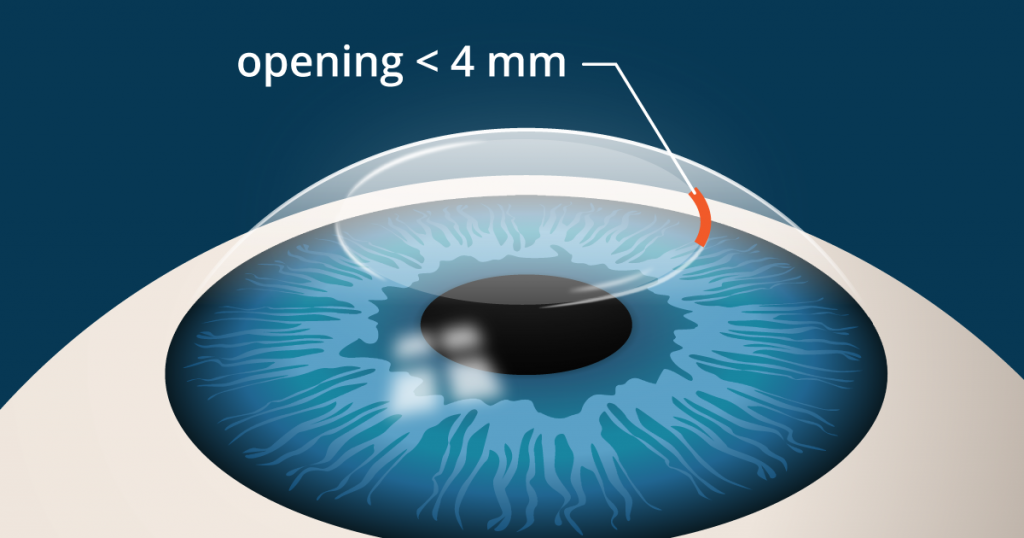
Difference Between PRK, Epi-LASIK, and SMILE in Eye Surgery
PRK, or photorefractive keratectomy
PRK is an additional type of laser refractive surgical treatment.
It supplies equivalent vision renovation to LASIK. However, PRK does not need the corneal flap laceration. Instead, the doctor removes the top layer of cells in your cornea or epithelium. This is done with an alcohol option as well as medical devices prior to applying the laser.
Consequently, there are some essential differences between PRK as well as LASIK:
- PRK entails a longer recuperation time
- Extra discomfort during recovery with PRK
- PRK might be better for people with high prescriptions or slim corneas
- PRK is preferable for people engaged in high-impact activities such as to get in touch with sporting activities, due to the risk of flap misplacement with LASIK
- PRK generally costs much less than LASIK
To find where is the best for eyes surgery [ทําตาสองชั้นที่ไหนดี, which is the term in Thai], please visit the link.
LASEK, or Laser subepithelial keratomileusis, as well as Epi-LASIK
These procedures are changed PRK, as well as LASIK strategies. LASEK includes utilizing an alcohol option to loosen the corneal epithelium. This forms a slim flap, considerably thinner than that of LASIK.
Epi-LASIK utilizes a mechanical epithelial separator to create the flap. Not utilizing alcohol maintains more of the epithelial cells.
Benefits of these procedures consist of:
Less pain during healing against PRK
- The lower danger of flap complications against LASIK
- Thinner corneal flap against LASIK, more suitable for thin corneas
SMILE or Small Incision Lenticule Extraction
SMILE is a fairly new procedure that remedies nearsightedness. During the procedure, a laser produces a small disc of cells within the internal layer of your cornea. Then, the doctor eliminates these cells, called a lenticular, through a small incision on your cornea.
Some cosmetic surgeons prefer SMILE over LASIK because there is no corneal flap included. This causes a more secure cornea, as well as a less completely dry eye. SMILE might be less invasive, yet some specialists really feel that this technology is too new. More experience might be needed to suggest SMILE over LASIK.
